Here are a few books about our new buying.
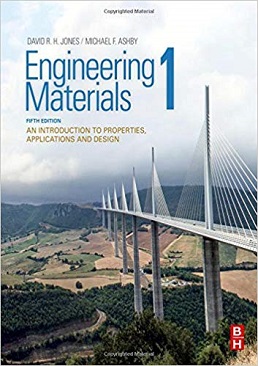 |
Jones, David Rayner Hunkin: Engineering materials Rövid ismertető: Widely adopted around the world, Engineering Materials 1 is a core materials science and engineering text for third- and fourth-year undergraduate students; it provides a broad introduction to the mechanical and environmental properties of materials used in a wide range of engineering applications. The 5th edition boasts expanded properties coverage, new case studies, more exercises and examples, and all-around improved pedagogy. |
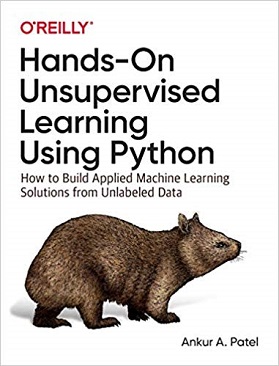 |
Patel, Ankur A.: Hands-on unsupervised learning using Python Rövid ismertető: Author Ankur Patel shows you how to apply unsupervised learning using two simple, production-ready Python frameworks: Scikit-learn and TensorFlow using Keras. With code and hands-on examples, data scientists will identify difficult-to-find patterns in data and gain deeper business insight, detect anomalies, perform automatic feature engineering and selection, and generate synthetic datasets. All you need is programming and some machine learning experience to get started. |
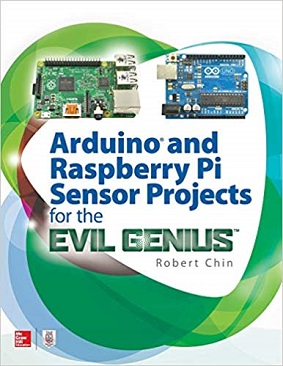 |
Chin, Robert: Arduino and Raspberry Pi sensor projects for the evil genius Rövid ismertető: Learn to quickly build your own electronic gadgets that monitor, measure, and react to the real worldwith no prior experience required! This easy-to-follow guide covers the programming and electronics essentials needed to build fun and educational sensor-based projects with both Arduino and Raspberry Pi. Arduino and Raspberry Pi Sensor Projects for the Evil Genius features step-by-step DIY projects that use inexpensive, readily available parts. You will discover how to use touch, temperature, moisture, light, sound, and motion sensorseven sensors that detect the presence of a human! |
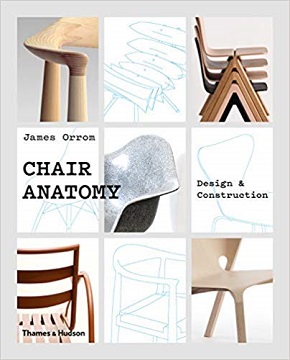 |
Orrom, James: Chair anatomy : design and construction Rövid ismertető: Through the painstaking work of deconstructing and reducing chairs to their constituent parts, Chair Anatomy gets to the heart of more than fifty iconic designs: how pieces were designed and produced to fit together; why a certain material imparts a certain quality, functional advance, or comfort level; how the chair's structure can withstand stress while being elegant and economical to produce.Offering a truly nuts- and- bolts perspective on masterpieces of design, Chair Anatomy gives insight into a piece of furniture that we so often take for granted. |
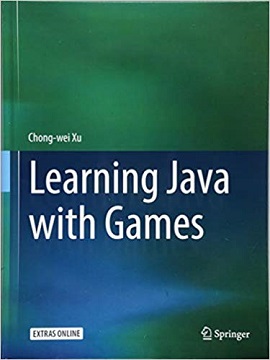 |
Xu, Chong-wei: Learning Java with games Rövid ismertető: Instead of teaching game design using Java, projects are designed to teach Java in a problem-solving approach that is both a fun and effective. Learning Java with Games introduces the concepts of Java and coding; then uses a project to emphasize those ideas. After studying a rich set of projects, the book turns to build up a “Three-layer Structure for Games” as an architecture template and a guiding line for designing and developing video games. The proposed three-layer architecture not only merges essential Java object-oriented features but also addresses loosely coupled software architecture. |
